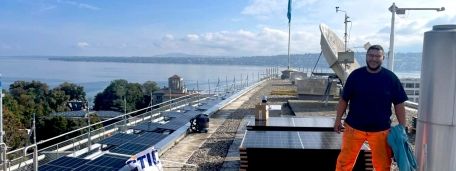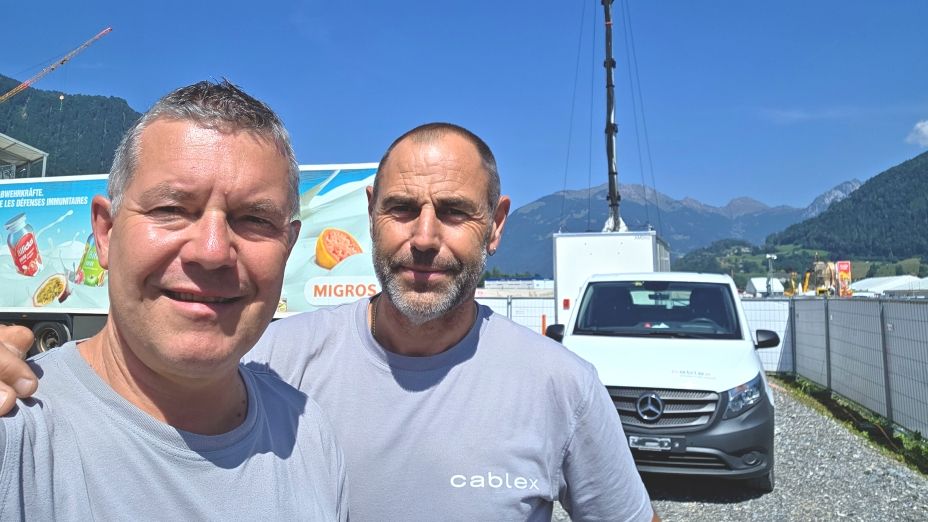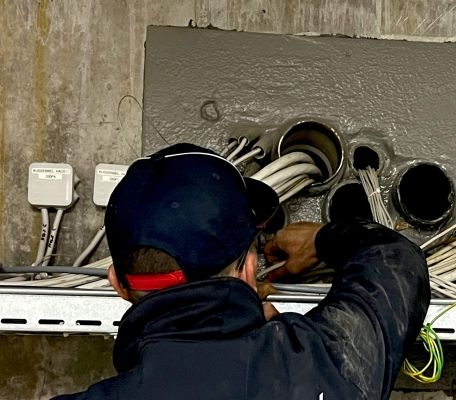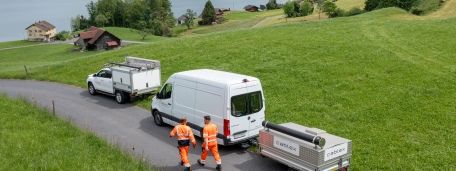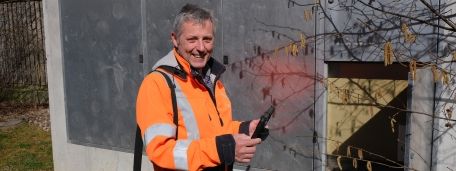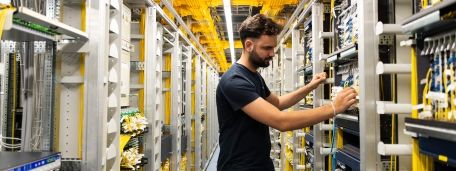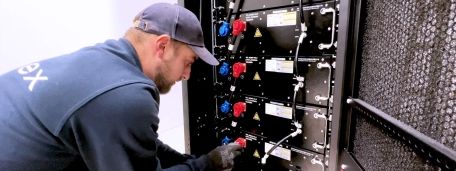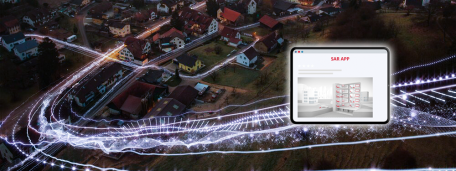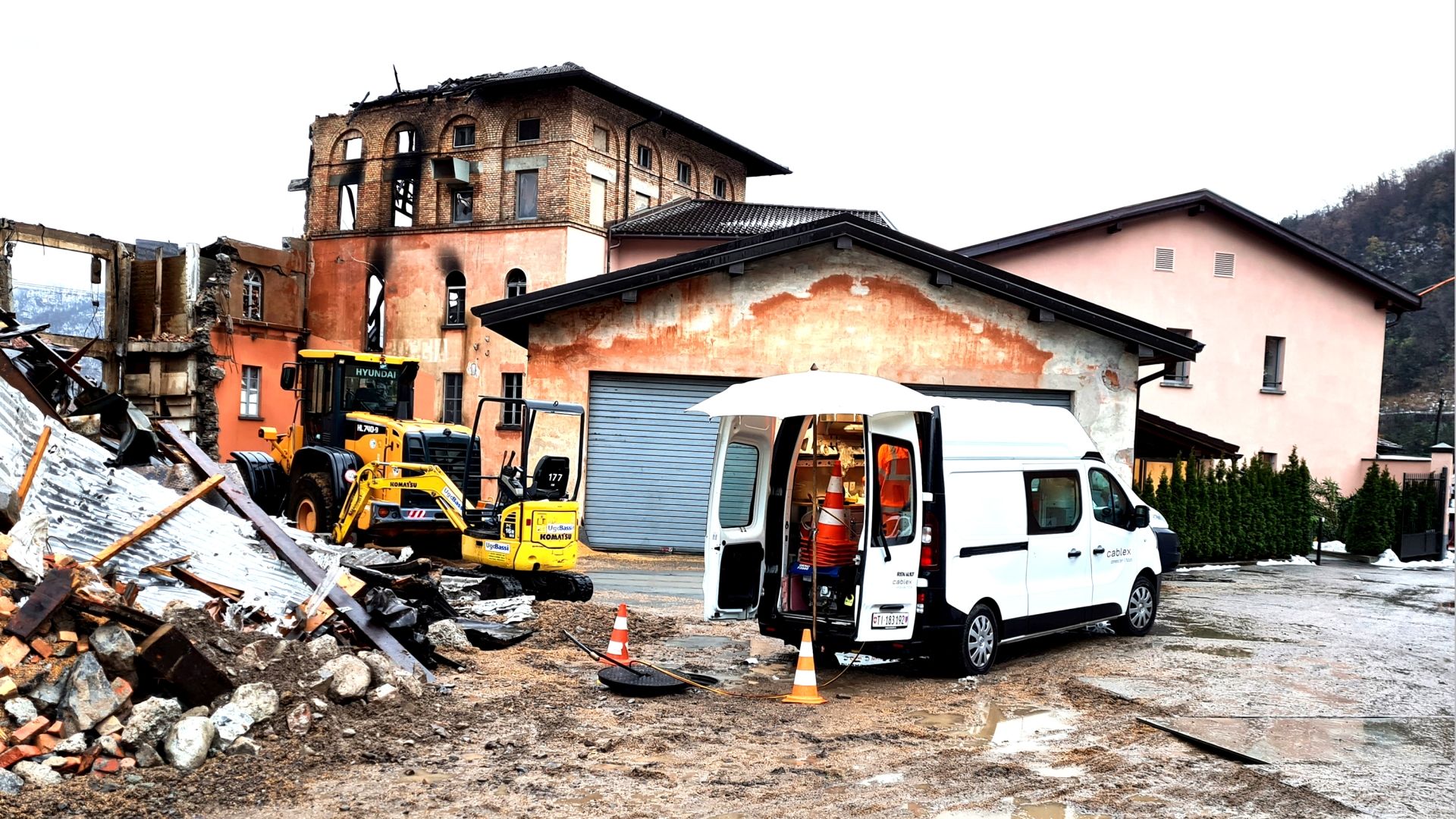
Large fire destroys mobile communications antennae.
cablex erected a temporary mobile communications solution extremely quickly – thanks to the strength of all the business units involved and good regional coordination.
The mill was completely gutted. Large parts of the building collapsed as a result of the great heat or were subsequently in danger of collapsing. The external walls of the silo, on the roof of which the two antennae were situated, withstood the flames, but were impossible to access, as the inside of the silo was completely destroyed by the flames.
The responsible individuals at cablex, Mirko Marghitola and Davide Settimo, were in touch with the two operators of the antennae, Swisscom and Salt, to help them set up temporary mobile communications locations. The ambitious goal of the project managers was to get the provisional locations into operation by 11 December at the latest. The result can now be revealed: They managed it – thanks to the good coordination and perfect interplay of all business units.
"It paid off for our customers that our business units are so diverse. It was possible to carry out the one-stop installation of the temporary mobile communications solution, including public works, cable installation, assembly and commissioning of the antennae in a very short period of time. I would like to express my thanks to our partners, Swisscom and Salt, for their good cooperation and in particular to the cablex teams on location, who worked day and night to ensure the success of the project." (Mirko Marghitola, Head of Section CBU South, cablex AG)
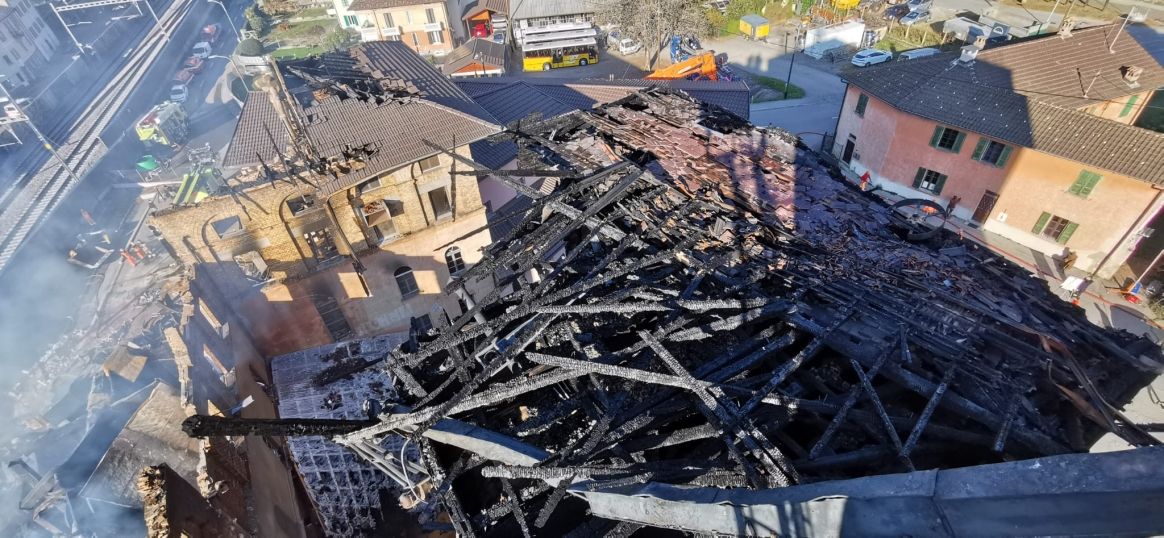
Our business units participated as follows:
Telecommunications (TEN).
The TEN unit procured the necessary information for the building permits for a container with a 30-metre-high mast (as a temporary solution). To receive a permit for the installation from the local authority, the non-ionising radiation (NIR) of the antennae had to be calculated. This is important as output is not allowed to exceed a defined limit.
In the dossier that was submitted for the permit, the route of the cables and the location of the antennae were also recorded. The unit also managed mast setup, the securing process using wire cables and the installation of the containers and the mobile phone antennae for Swisscom and Salt.
Corporate Business (CBU).
CBU was responsible for the establishment of the optical fibre connection for the antennae. A decision was made to install the temporary solution for the optical fibre lines underground, as extensive demolition and rebuilding work will take place over the next few months, and this could damage an exposed temporary solution. The public works tasks for the optical fibre and power cables were likewise carried out by CBU.
Infrastructure (INF).
INF ensured the provision of electricity to the temporary mobile locations. The same channels that were used for the optical fibre cable were predominately used to install the cables in question.
Customer Field Service (CFS).
CFS was responsible for the commissioning and integration of the temporary locations. Davide Settimo was responsible for project coordination.
"The situation on site was challenging: Various permits had to be obtained, and the deployment of heavy machinery such as derricks and helicopters had to be planned precisely. And that was far from all… Everything had to be completed in a tight timeframe of around two weeks. Thanks to the good regional coordination, successful cooperation with the local authority and the committed, cross-unit work of all employees, it was possible to restore the mobile communications network on time." (Davide Settimo, Projekt Coordination, CFS, cablex AG)
In addition, on behalf of Swisscom and Salt, cablex was responsible for the acquisition of the space for the establishment of the temporary locations.


